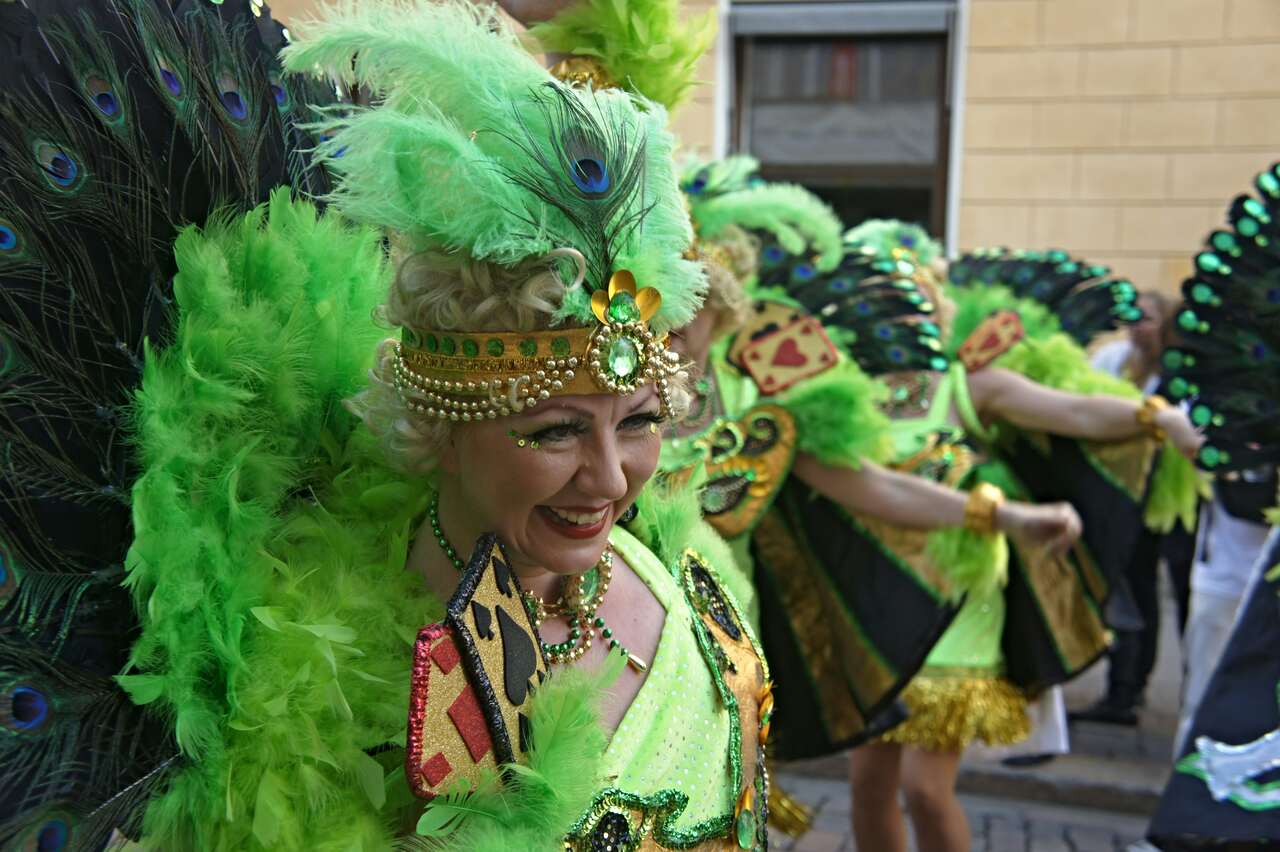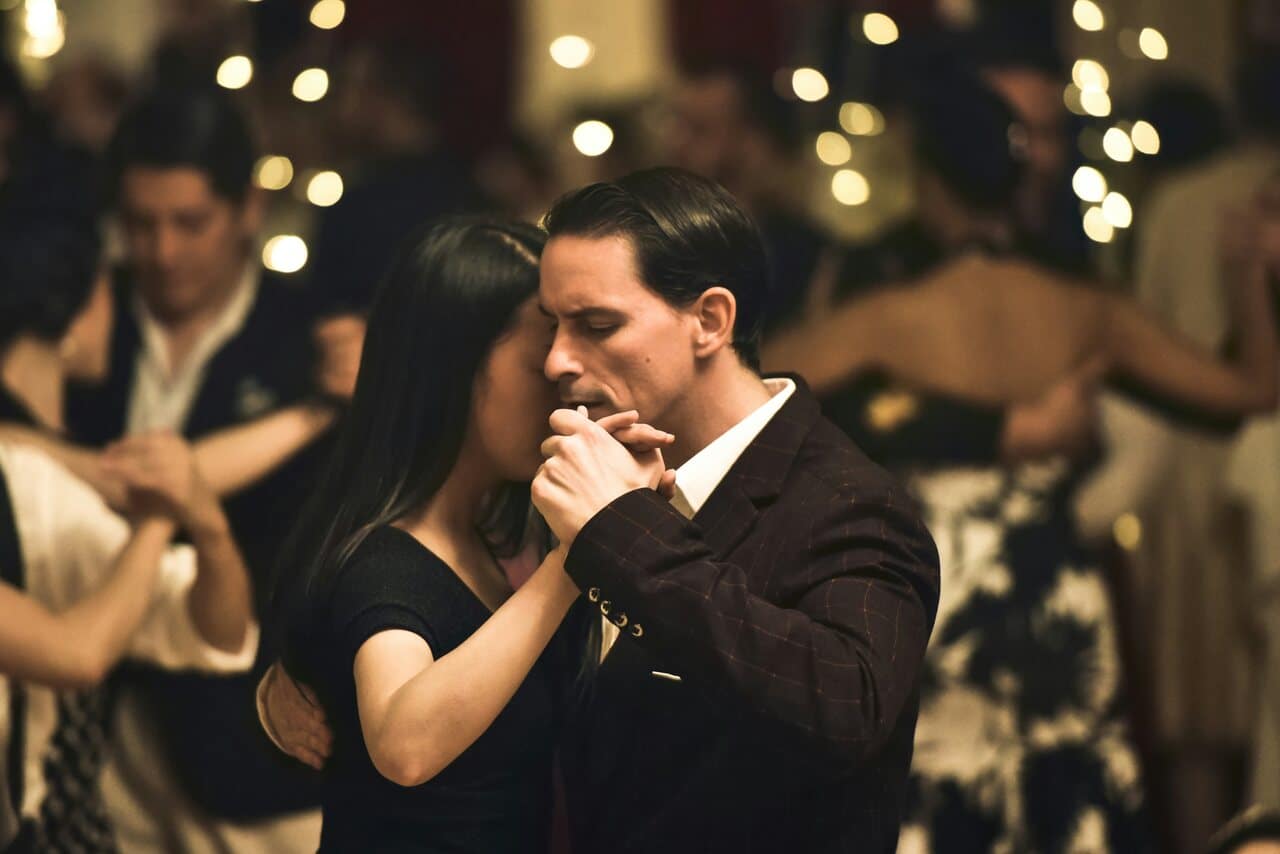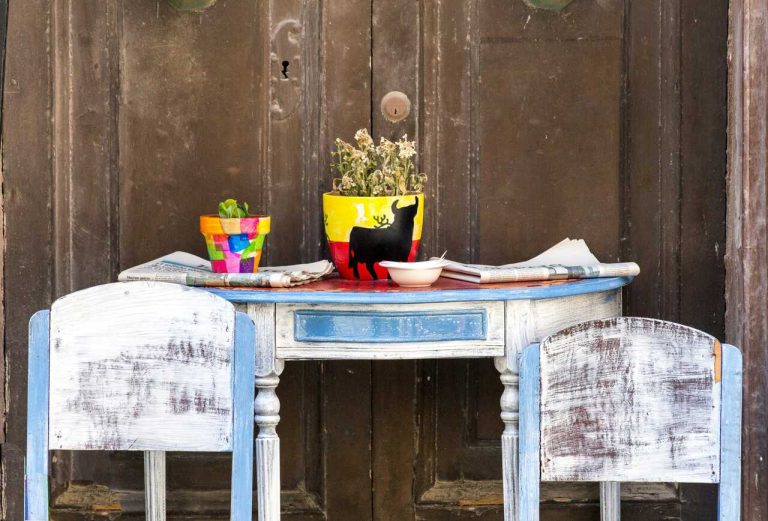
A Complete Guide to Latin American Dances
DATE:
Ever found yourself tapping your feet to a rhythmic beat without even realizing it? That’s the magic of Latin American dances! These dances are more than just movements; they’re stories told through the passionate beats of Traditional Latin American Music. Let’s journey through the fascinating world of Salsa, Tango, Bachata, Samba, and Cumbia, exploring their origins, styles, and what makes each one uniquely captivating.
Salsa: The Dance of Passion and Energy
Origins and Evolution
Salsa, a lively and energetic dance, finds its roots in the vibrant streets of Cuba. Evolving from a blend of African rhythms and Spanish melodies, Salsa has become a staple of Latin Dance Styles. This dance form traveled from Cuba to New York in the 1940s and 50s, where it was influenced by jazz and big band music, creating the dynamic and passionate Salsa Dancing we know today.
Basic Steps and Styles
Salsa is all about the beat. It typically follows an 8-beat pattern, with dancers stepping on beats 1, 2, 3, and 5, 6, 7. There are different styles of Salsa, such as:
- Cuban Salsa (Casino): Known for its circular movements.
- LA Style Salsa: Characterized by its flashy, linear moves.
- NY Style Salsa (Mambo): Danced on the second beat, giving it a smoother feel.
Tango: A Tale of Love and Melancholy
The Golden Age of Tango
Tango originated in the late 19th century in the bustling port cities of Argentina and Uruguay. It was a dance of the working-class neighborhoods, reflecting their joys and sorrows. The Golden Age of Tango, from the 1930s to the 1950s, saw this dance spread worldwide, capturing hearts with its dramatic flair and intense connection between partners.
Music and Lyrics
Tango music is as passionate as the dance itself. It’s often melancholic, telling stories of love lost and found. The lyrics, deeply poetic, complement the dance’s dramatic steps and close embraces. Instruments like the bandoneón, a type of accordion, play a crucial role in creating Tango’s distinctive sound.
Bachata: The Dance of Romance and Rhythm
Dominican Roots
Bachata, originating from the Dominican Republic, is a dance of love and heartbreak. It started in rural Dominican bars and dance halls, gaining mainstream popularity in the 1960s. Initially, Bachata Dancing was considered lower class, but its romantic allure eventually captivated a global audience.
Modern Bachata Styles
Today, Bachata has evolved into various styles:
- Traditional Bachata: Focuses on close connection and simple steps.
- Modern Bachata: Incorporates more turns and intricate footwork.
- Sensual Bachata: Emphasizes body waves and fluid movements, creating a more intimate dance experience.

Samba: The Carnival Spirit of Brazil
Carnival Celebrations
Samba is synonymous with the vibrant carnival celebrations of Brazil. This dance is a lively expression of Brazilian culture, characterized by its fast-paced rhythm and exuberant movements. Samba’s roots can be traced back to the African slaves brought to Brazil, who infused their dances with local traditions, creating the spirited dance we see today.
Samba Schools
In Brazil, Samba isn’t just a dance; it’s a community activity. Samba schools, or “escolas de samba,” are social clubs where people gather to practice and perform Samba. These schools play a pivotal role in organizing carnival parades, where they showcase elaborate costumes, floats, and, of course, Samba dancing.
DID YOU KNOW…?
Samba isn’t just a single dance style. It includes various forms such as Samba no Pé, Samba de Gafieira, and Samba Axé, each with its unique flavor and cultural significance.
Cumbia: The Folkloric Soul of Colombia
Colombian Origins
Cumbia, with its infectious beat and folkloric charm, is a dance that hails from Colombia. It’s a blend of African, Indigenous, and Spanish influences, symbolizing the cultural melting pot of Latin America. Traditionally, Cumbia was a courtship dance, with men and women performing steps that mimicked the dance of love and pursuit.
Regional Variations
Cumbia has spread across Latin America, and with its travels, it has adapted to local cultures, creating regional variations:
- Cumbia Villera (Argentina): A more urban, modern take on Cumbia.
- Cumbia Sonidera (Mexico): Incorporates electronic elements and is popular in street parties.
- Cumbia Chilena (Chile): Known for its slower tempo and romantic feel.
These regional variations highlight how Cumbia has evolved while maintaining its core essence, making it a beloved dance across Latin America.

How Can I Learn Latin American Dances?
Learning Latin American dances can be a thrilling and rewarding experience. Here are a few tips to get started:
Find a Dedicated Teacher: Look for a local dance studio or instructor who specializes in Latin Dance Styles. A dedicated teacher can provide personalized guidance and help you master the basics.
Join Group Classes: Many dance schools offer group classes where you can learn alongside other beginners. This is a great way to practice with different partners and improve your skills.
Online Tutorials: There are numerous online resources and video tutorials available for learning Salsa, Tango, Bachata, Samba, and Cumbia. These can be particularly helpful if you prefer learning at your own pace.
Practice Regularly: Consistent practice is key to becoming proficient in any dance style. Set aside time each week to practice the steps and techniques you’ve learned.
Attend Social Dance Events: Immersing yourself in the dance community by attending social events or dance nights can provide valuable practice and help you build confidence on the dance floor.
Others Traditional Dances from Mexico, Brazil, Cuba, Argentina, and Peru
Latin America is rich in diverse dance traditions, each with its own unique flair and cultural significance. Here are some traditional dances from various countries:
- Mexico: in Mexico, Mariachi music often accompanies dances like Jarabe Tapatío (Mexican Hat Dance) and Danza de los Viejitos (Dance of the Little Old Men), both vibrant and filled with historical significance.
- Brazil: Beyond Samba, Brazil boasts dances like Forró, a lively partner dance from the northeast, and Capoeira, a unique blend of martial arts and dance.
- Cuba: Rumba and Cha-Cha-Cha are iconic Cuban dances, each reflecting the island’s rich musical heritage and rhythmic complexity.
- Argentina: In addition to Tango, Argentina is home to the lively Chacarera, a folk dance characterized by swift footwork and spirited music.
- Peru: Marinera, often considered Peru’s national dance, showcases the elegance and courtship between partners, often accompanied by traditional Peruvian music.
Dance Your Way into Latin American Culture
Latin American dances offer a vibrant tapestry of history, culture, and passion. From the spirited steps of Salsa to the intimate embrace of Tango, each dance style tells a unique story and offers a rich, immersive experience. Whether you’re drawn to the rhythmic allure of Bachata, the carnival spirit of Samba, or the folkloric charm of Cumbia, there’s a dance for everyone.
Ready to take the first step? At SpanishVIP, our Dedicated Teachers and Student Success Advisors are here to guide you on your dance journey. Start with a free 1:1 class or enjoy a free 7-day trial of our group classes and immerse yourself in the world of Latin American dances. Let’s dance our way into a vibrant cultural adventure!








